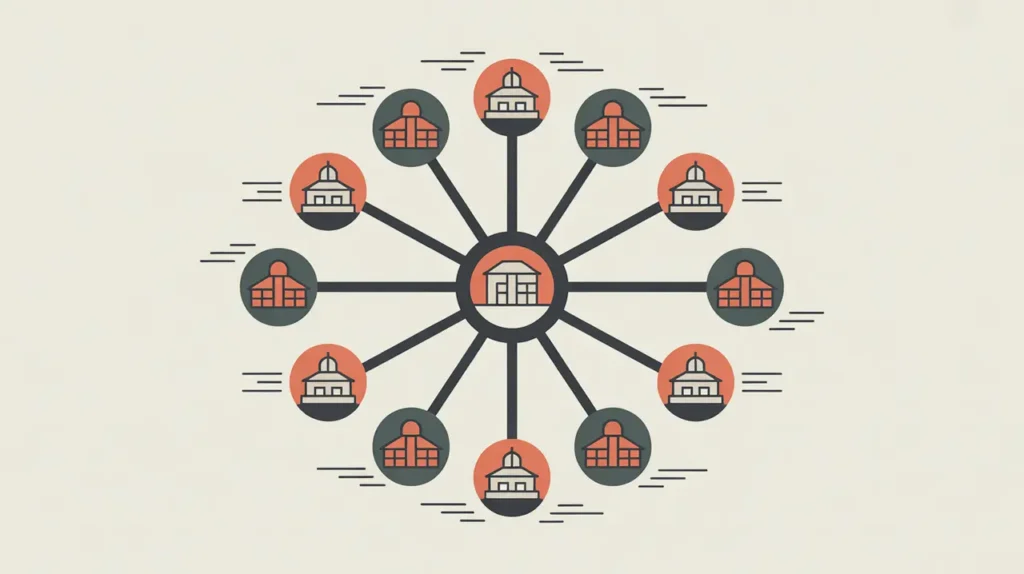Importance of Multi-Stakeholder Delivery
Multi-stakeholder delivery brings together a range of actors (including governments, nonprofits, businesses, funders, and communities) to co-create and deliver solutions. Complex social and development challenges often span sectors, geographies, and mandates, making no single actor sufficient to address them. By pooling diverse capacities, this model enables more inclusive, coordinated, and resilient responses.
Definition and Features
Multi-stakeholder delivery is a model in which multiple actors collaborate in the design, implementation, and governance of services or initiatives. Its defining features include:
- Cross-Sector Collaboration – integrates public, private, civil society, and community contributions.
- Shared Ownership – decision-making and accountability are distributed across partners.
- Complementary Strengths – leverages varied expertise, networks, and resources.
- Flexible Structures – ranges from formal consortia to loose alliances depending on context.
- Systemic Orientation – addresses interconnected issues by engaging actors across levels.
How this Works in Practice
In practice, multi-stakeholder delivery might involve global health initiatives where governments provide policy frameworks, donors supply funding, NGOs handle implementation, and communities contribute local knowledge. Another example could be climate adaptation efforts combining scientific institutions, local governments, indigenous groups, and private investors. Challenges include managing power imbalances, aligning incentives, coordinating across diverse agendas, and sustaining engagement over time.
Implications for Social Innovation
Multi-stakeholder delivery strengthens social innovation by creating collective capacity to tackle complexity. For practitioners, it provides platforms to scale impact and share responsibility. For funders and policymakers, it offers a mechanism to align investments with broader coalitions and reduce duplication of effort. Multi-stakeholder collaboration can serve as a social compact that enables diverse actors to weave their strengths together in pursuit of shared change.







